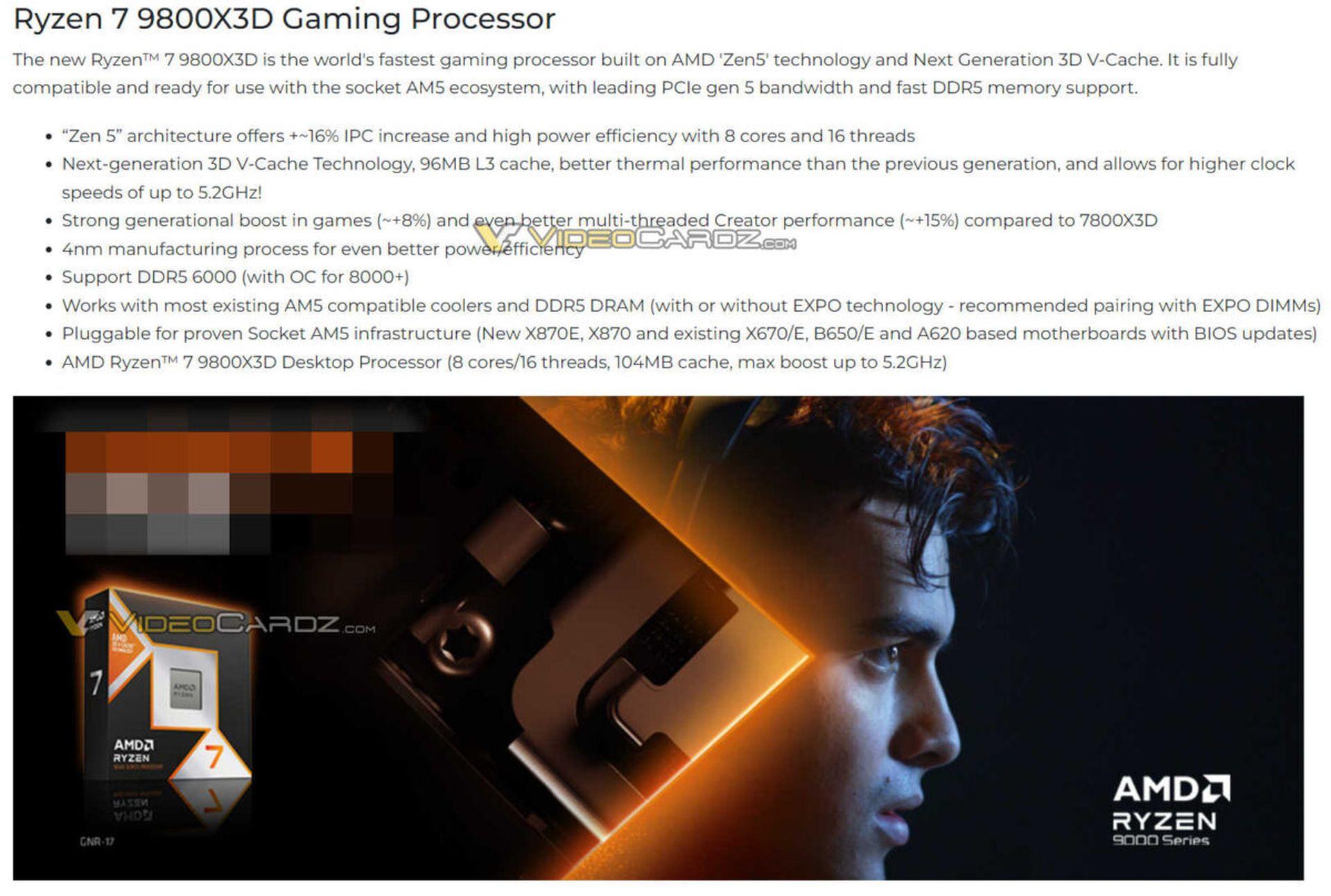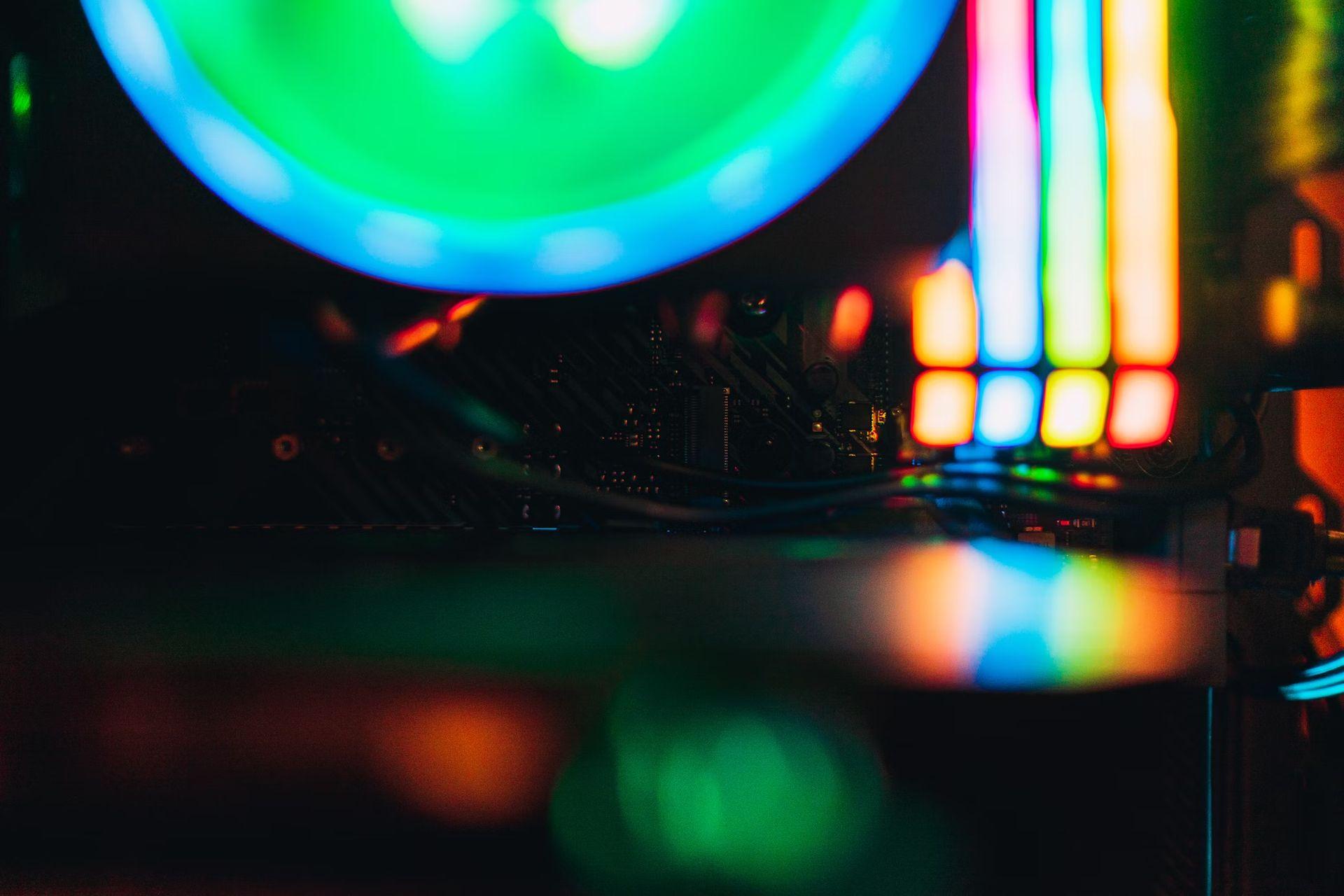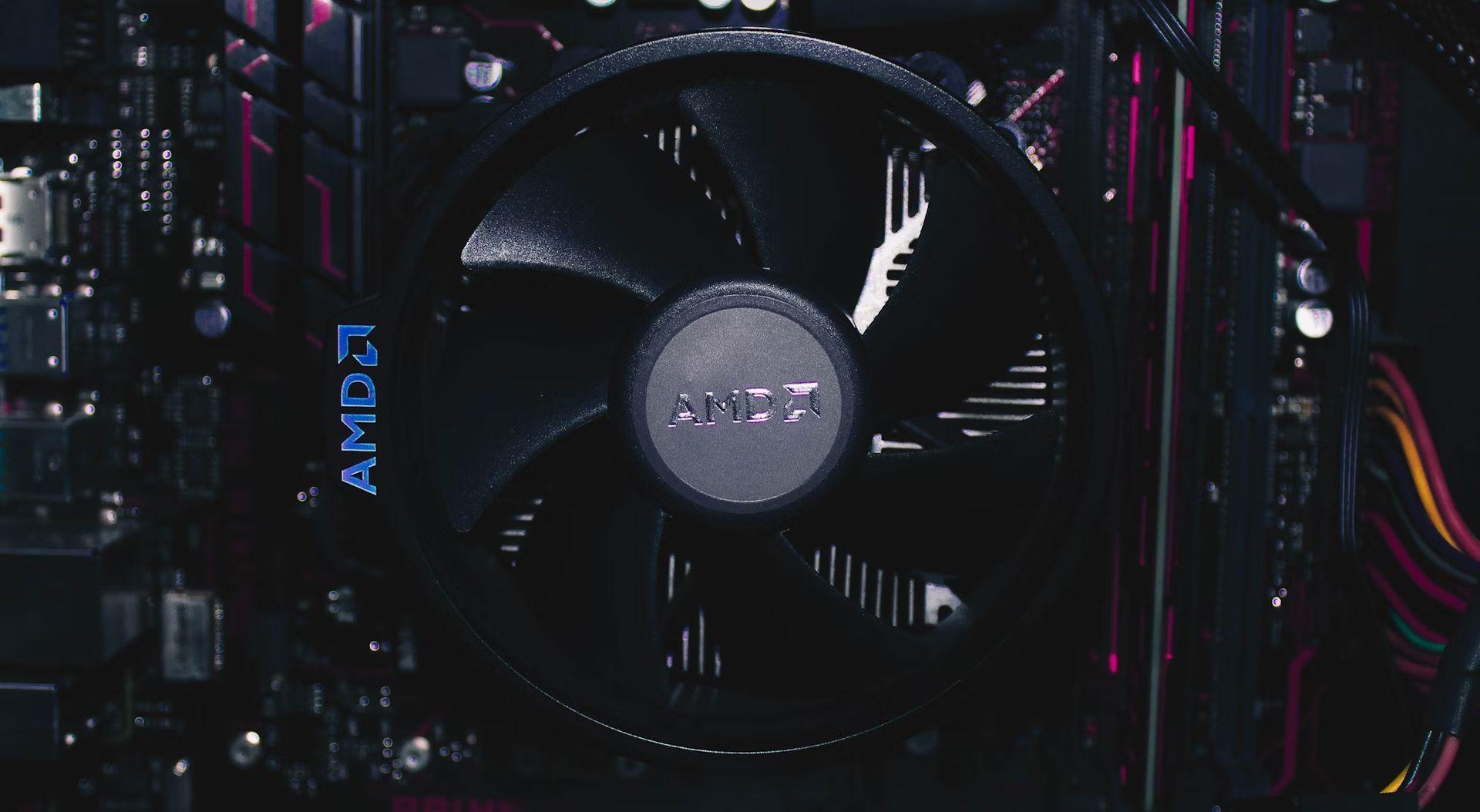A recent leak has given us a detailed look at what to expect from AMD’s upcoming Ryzen 7 9800X3D processor. According to a marketing slide obtained by VideoCardz, the 9800X3D will feature an 8% performance boost in gaming compared to its predecessor, the Ryzen 7 7800X3D.
Set to launch officially on November 7th, this new processor has been generating considerable interest among enthusiasts, and the leaked information offers some insight into its expected capabilities, compatibility, and features.

Gaming performance and multi-threaded improvements
The Ryzen 7 9800X3D is positioned as a successor to the Ryzen 7 7800X3D, a CPU that is widely regarded as one of the top gaming processors available today. The leaked slide claims that the 9800X3D will provide an 8% boost in gaming performance over the 7800X3D. This gain may not be game-changing, but it’s notable given that the 7800X3D already ranks highly among gaming CPUs. The focus on incremental improvement aligns with AMD’s approach to refining the 3D V-Cache technology for increased efficiency and performance in gaming scenarios.
In addition to better gaming performance, the 9800X3D is expected to deliver a 15% improvement in multi-threaded workloads compared to the 7800X3D. This indicates that AMD aims to make this processor attractive not only to gamers but also to those using their systems for more demanding productivity tasks, such as video editing or 3D rendering. The boost in multi-threaded performance is a key metric, especially in a market where consumers expect their hardware to perform across a range of applications.

Next-generation 3D V-Cache and boost clock
The leaked marketing slide also reveals that the Ryzen 7 9800X3D will be equipped with a new generation of AMD’s 3D V-Cache technology. The processor will feature a 96MB L3 cache, with improvements made to enhance thermal efficiency. The improved thermal performance allows the CPU to achieve clock speeds of up to 5.2 GHz. This is a notable development, as maintaining higher clock speeds while managing heat has been a major challenge for high-performance CPUs.
While some enthusiasts were hoping for even higher clock speeds, it appears that 5.2 GHz is the boost clock limit for the 9800X3D. AMD’s decision to cap the boost clock at this level likely reflects a balance between maintaining stability and optimizing the processor for the best gaming and productivity performance without pushing the thermal envelope too far.
The introduction of the next-generation 3D V-Cache also highlights AMD’s commitment to pushing the boundaries of CPU performance in gaming. By increasing the L3 cache size and improving thermal management, AMD aims to minimize latency and ensure smoother frame rates in gaming scenarios. The 3D V-Cache is a significant part of what differentiates the X3D lineup from other Ryzen CPUs, as it allows the processor to handle larger amounts of data quickly, which is particularly useful in games that require a lot of memory bandwidth.
Compatibility and memory overclocking
Another key detail revealed in the leak is the compatibility of the Ryzen 7 9800X3D with existing AM5 motherboards. AMD confirms that the new processor will work with all AM5 motherboards, including the recently launched X870E/X870 series and the last-generation X670(E)/B650(E) series, as well as the A620 motherboards, provided they receive the necessary BIOS updates. However, it is worth noting that AMD did not explicitly mention support for the B650 series in the leaked slide, which might raise some questions among those planning an upgrade.
The 9800X3D will also support memory overclocking up to 8000 MT/s, a significant capability for those who want to push their systems to the limit. This level of memory overclocking is becoming increasingly important in gaming and other high-performance applications, where faster memory speeds can lead to better overall performance. Some early testing has already shown that the 9800X3D can exceed this 8000 MT/s figure, suggesting that there may be some additional headroom for users looking to experiment with their memory configurations.

No pricing details yet
One key piece of information that AMD has yet to confirm is the pricing for the Ryzen 7 9800X3D. With the official launch date just around the corner, consumers and industry analysts are eagerly awaiting details about how the new processor will be positioned in terms of cost. Given its performance improvements over the Ryzen 7 7800X3D, the 9800X3D is expected to come with a price premium, but how much more it will cost remains to be seen.
Pricing will be a crucial factor in determining whether the Ryzen 7 9800X3D will be able to compete effectively with both AMD’s existing lineup and Intel’s offerings. The 7800X3D has been popular among gamers and content creators due to its balance of performance and price, so AMD will need to be careful in pricing the 9800X3D to ensure it offers a compelling value proposition.
The role of real-time data in competitive gaming
The Ryzen 7 9800X3D represents an incremental upgrade over the 7800X3D rather than a revolutionary leap forward. The 8% boost in gaming performance and 15% improvement in multi-threaded workloads are valuable gains, but they may not be enough to convince current 7800X3D owners to upgrade. Instead, the 9800X3D seems targeted at those who are building new systems or upgrading from older hardware and want the latest advancements in CPU technology.
AMD’s focus on refining the 3D V-Cache and improving thermal performance reflects a strategy of gradual enhancement rather than radical change. By building on the strengths of the 7800X3D and addressing some of its limitations, such as thermal performance, AMD aims to offer a more polished product that appeals to gamers and productivity users alike.
Featured image credit: Kerem Gülen/Ideogram





